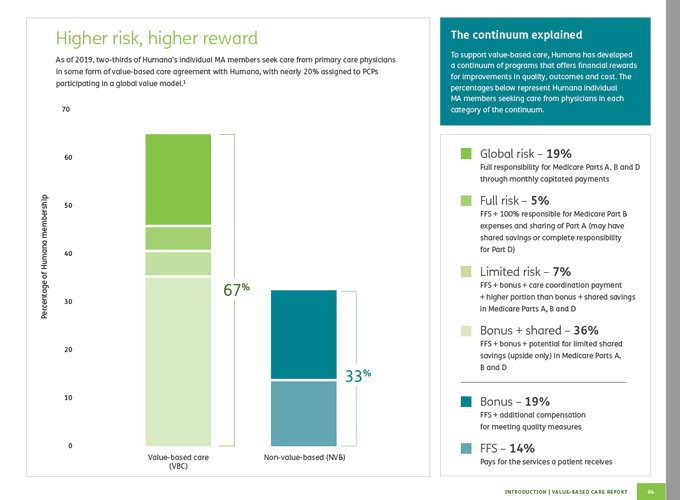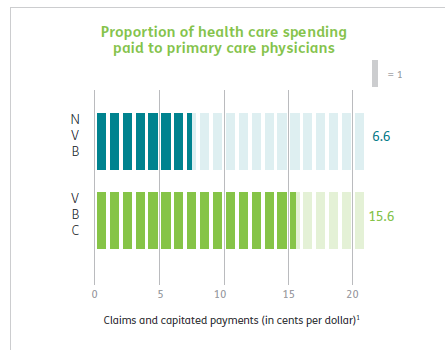
I’m delighted to have a new contributor on THCB today. Blake Madden writes an excellent health care business newsletter called The Healthy Muse, which I highly suggest you subscribe to. Recently he gave his take on Optum’s latest big acquisition and it’s the first of I hope many pieces of his we’ll run on THCB–Matthew Holt
by BLAKE MADDEN
On March 29, UnitedHealthcare’s Optum announced its acquisition of LHC Group for $170/share. The transaction values LHC at about $6.4 billion including debt.
I know we all joke about working for UnitedHealthcare one day, but it’s terrifying when you think about their sheer scale. Even scarier when you look at Optum’s growth:
- Optum Revenue in 2012: $29.4 billion
- Optum Revenue in 2021: $155.6 billion. Like. What.
LHC Group is an important acquisition for Optum. Payors are continuing to morph into ‘payviders’ and UHG / Optum has a huge competitive advantage given its 60k aligned physician base. Acquiring LHC Group accelerates this payvider trend but also allows UHG to catch up to Humana, who now owns all of Kindred, in the post-acute sphere.
Meanwhile, Optum is deploying its grand vision of integrated care delivery right before our eyes. It’s happening whether you like it or not.
Even though I provided a first-impressions breakdown on Twitter related to the deal, I had to break this deal down into more detail and give you guys my thoughts on why the LHC acquisition is so significant.
Let’s dive in.
Investment and Deal Thesis.
LHC Group is well-positioned on a few fronts in the fast-growing home health sector:
- They’re partnered with 435 health systems, giving Optum access to hundreds of hospital joint ventures.
- Home health and at-home care is a MUCH more desirable care setting for Medicare beneficiaries. Comfort and patient experience is a huge factor.
- Of all post-acute care settings, home health is the most cost-effective. Home health costs way less than skilled nursing. Lower costs = lower medical loss ratio for United. By keeping patients out of SNFs and hospitals, these programs could disrupt facility-based care delivery in the coming years.
- From a demographics standpoint, home health benefits from an aging baby boomer population. Medicare will cover 79 million people by 2030 a major secular trend for healthcare. I’m sure you’re all WELL aware of that!
- PDGM and other headwinds for smaller agencies will run out of relief funding, resulting in consolidation. This consolidation will benefit larger home health platforms.
In summary, LHC Group is a great operator in a high-growth industry: Home Health.
Continue reading…
















